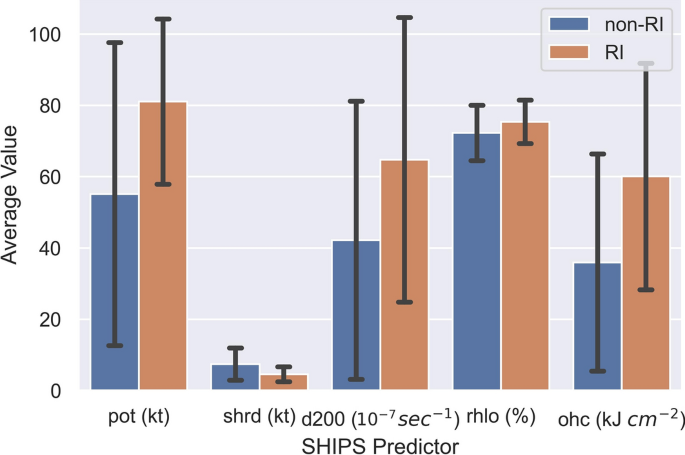2024-04-05 パシフィック・ノースウェスト国立研究所(PNNL)
<関連情報>
- https://www.pnnl.gov/publications/predicting-thermodynamics-and-kinetics-catalytic-hydrogenation
- https://pubs.acs.org/doi/full/10.1021/jacs.3c13876
ケトン類の触媒的水素化反応における熱力学的・動力学的活性記述子 Thermodynamic and Kinetic Activity Descriptors for the Catalytic Hydrogenation of Ketones
Andrei Chirila, Yiqin Hu, John C. Linehan, David A. Dixon, and Eric S. Wiedner
Journal of the American Chemical Society Published:March 4, 2024
DOI:https://doi.org/10.1021/jacs.3c13876
Abstract

Activity descriptors are a powerful tool for the design of catalysts that can efficiently utilize H2 with minimal energy losses. In this study, we develop the use of hydricity and H– self-exchange rates as thermodynamic and kinetic descriptors for the hydrogenation of ketones by molecular catalysts. Two complexes with known hydricity, HRh(dmpe)2 and HCo(dmpe)2, were investigated for the catalytic hydrogenation of ketones under mild conditions (1.5 atm and 25 °C). The rhodium catalyst proved to be an efficient catalyst for a wide range of ketones, whereas the cobalt catalyst could only hydrogenate electron-deficient ketones. Using a combination of experiment and electronic structure theory, thermodynamic hydricity values were established for 46 alkoxide/ketone pairs in both acetonitrile and tetrahydrofuran solvents. Through comparison of the hydricities of the catalysts and substrates, it was determined that catalysis was observed only for catalyst/ketone pairs with an exergonic H– transfer step. Mechanistic studies revealed that H– transfer was the rate-limiting step for catalysis, allowing for the experimental and computation construction of linear free-energy relationships (LFERs) for H– transfer. Further analysis revealed that the LFERs could be reproduced using Marcus theory, in which the H– self-exchange rates for the HRh/Rh+ and ketone/alkoxide pairs were used to predict the experimentally measured catalytic barriers within 2 kcal mol–1. These studies significantly expand the scope of catalytic reactions that can be analyzed with a thermodynamic hydricity descriptor and firmly establish Marcus theory as a valid approach to develop kinetic descriptors for designing catalysts for H– transfer reactions.



